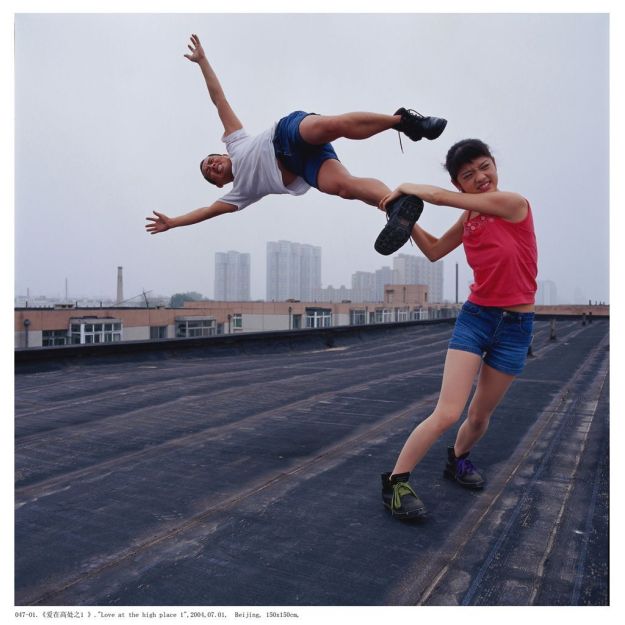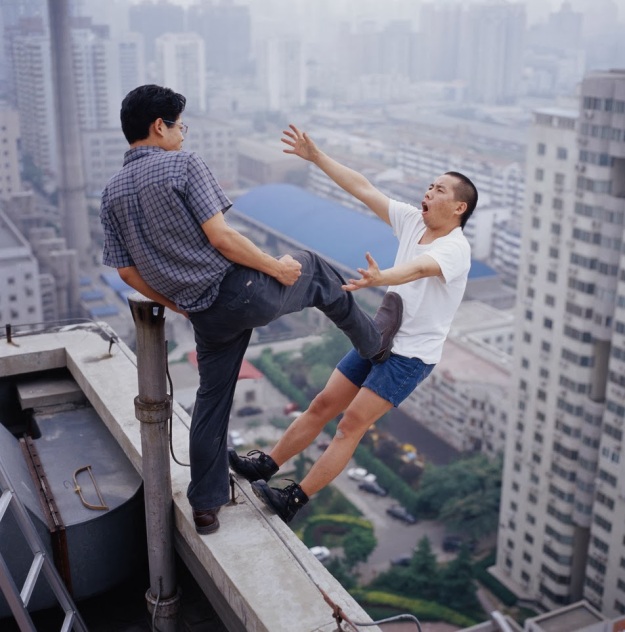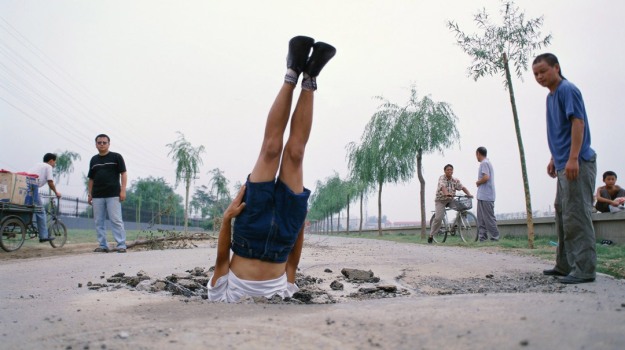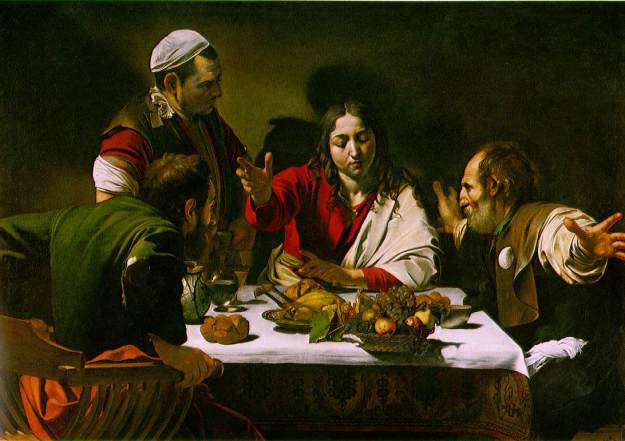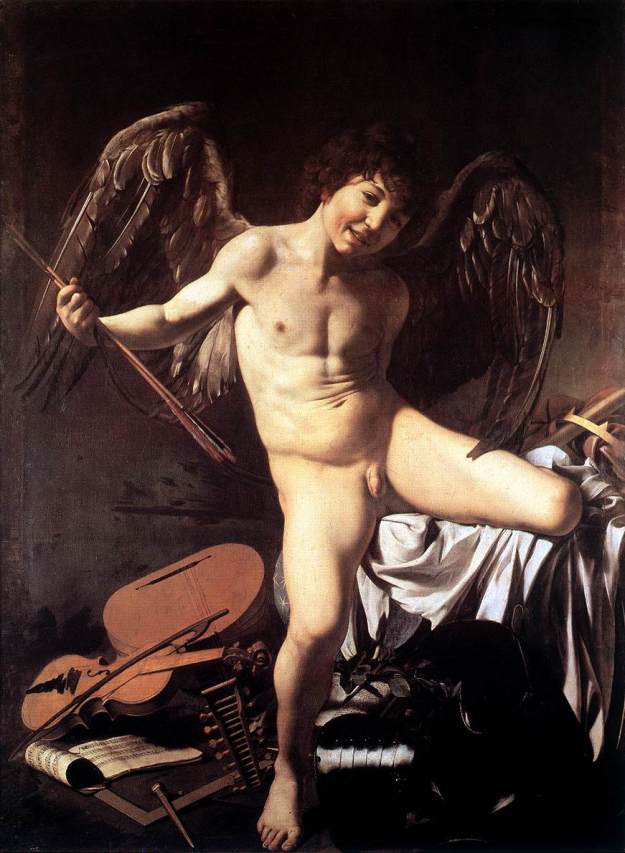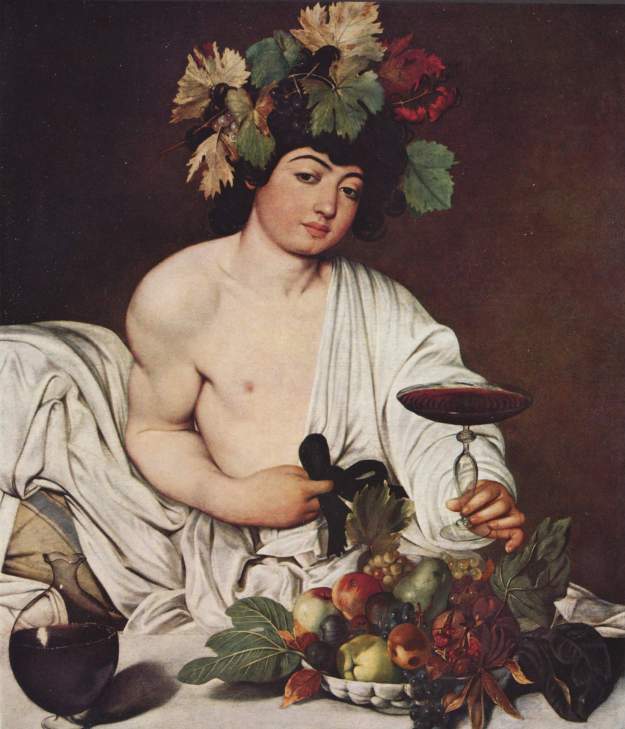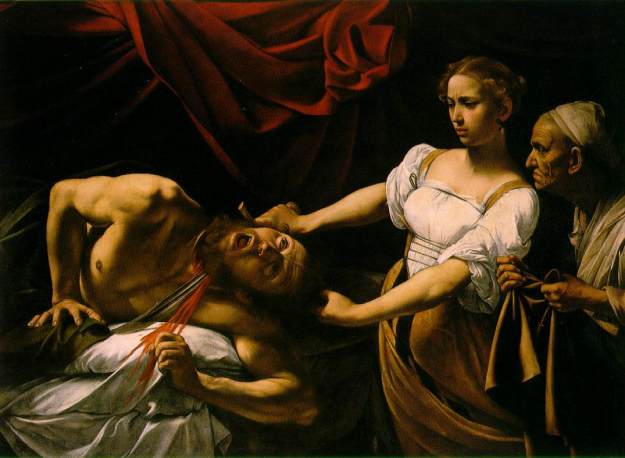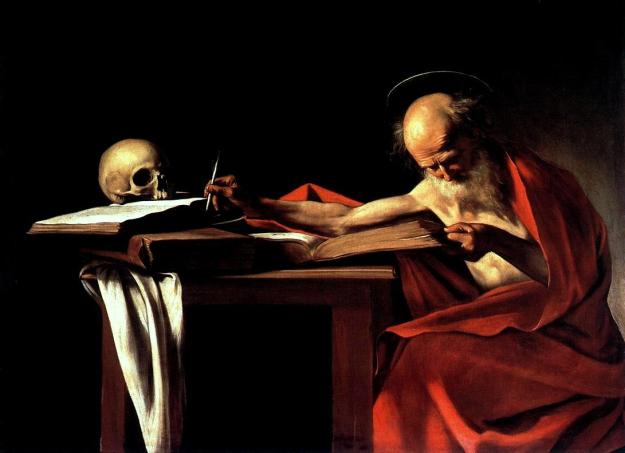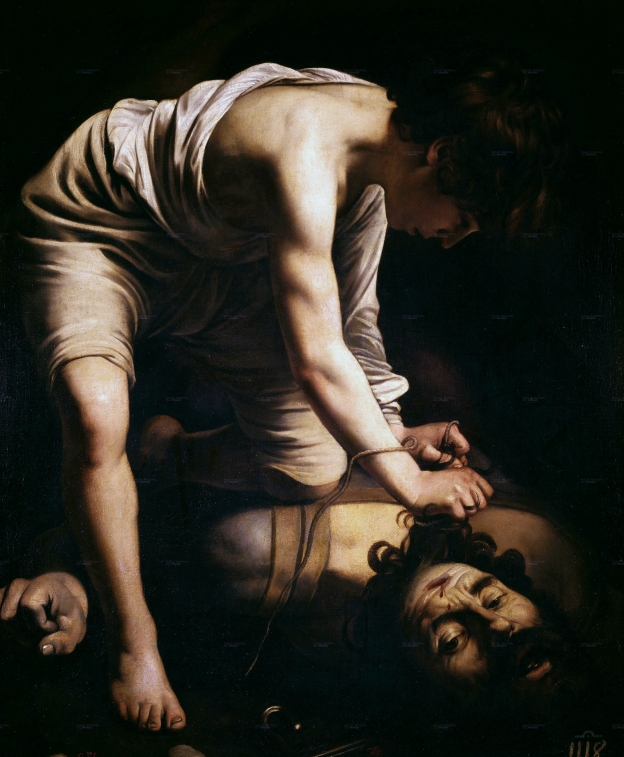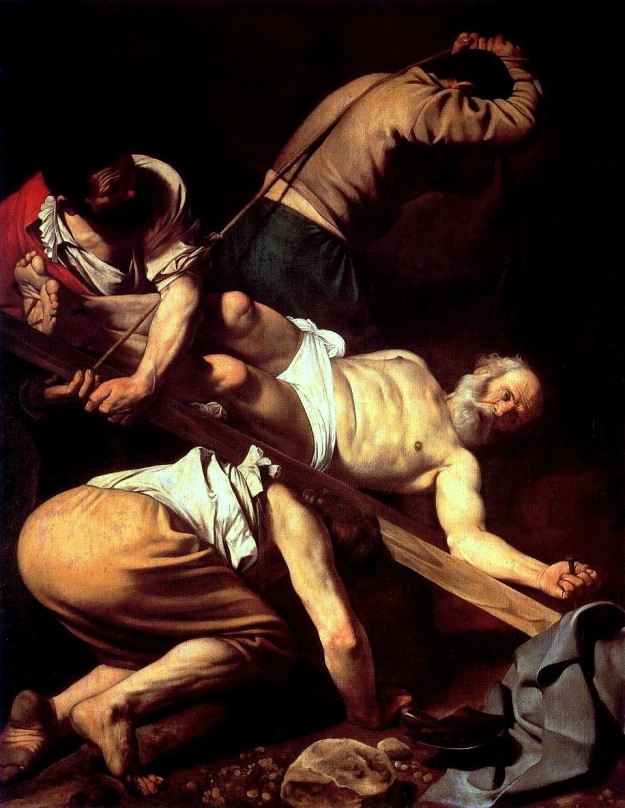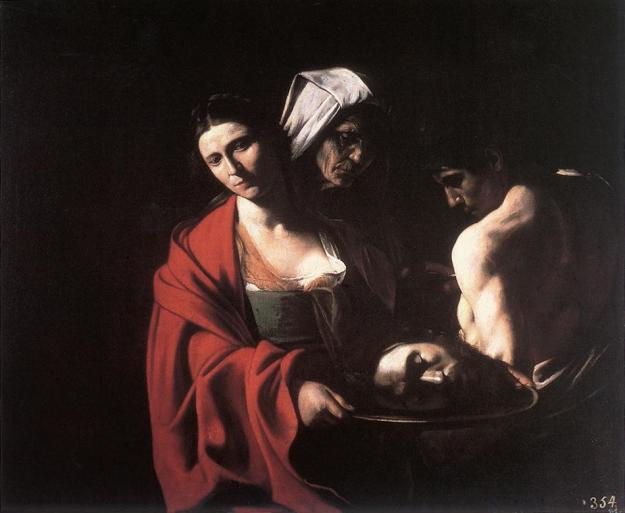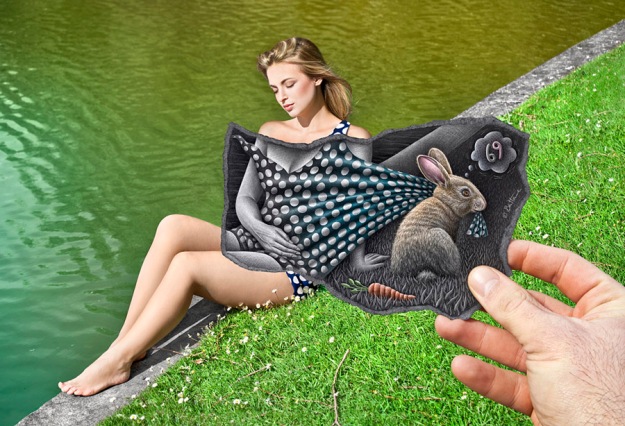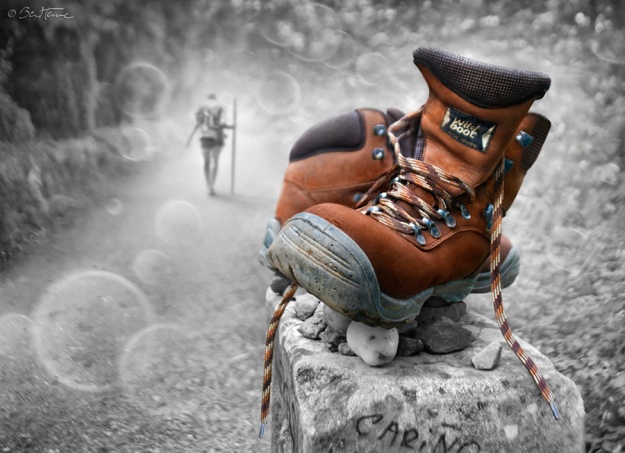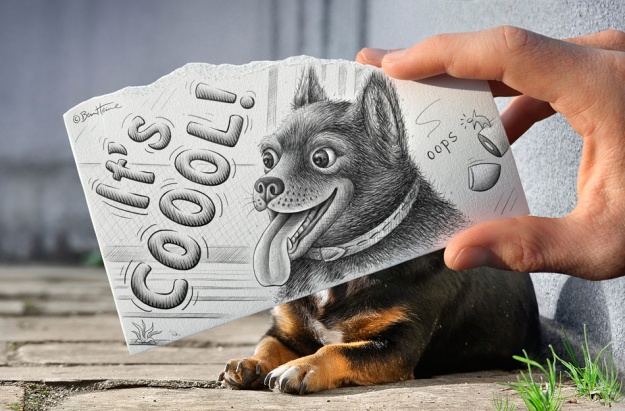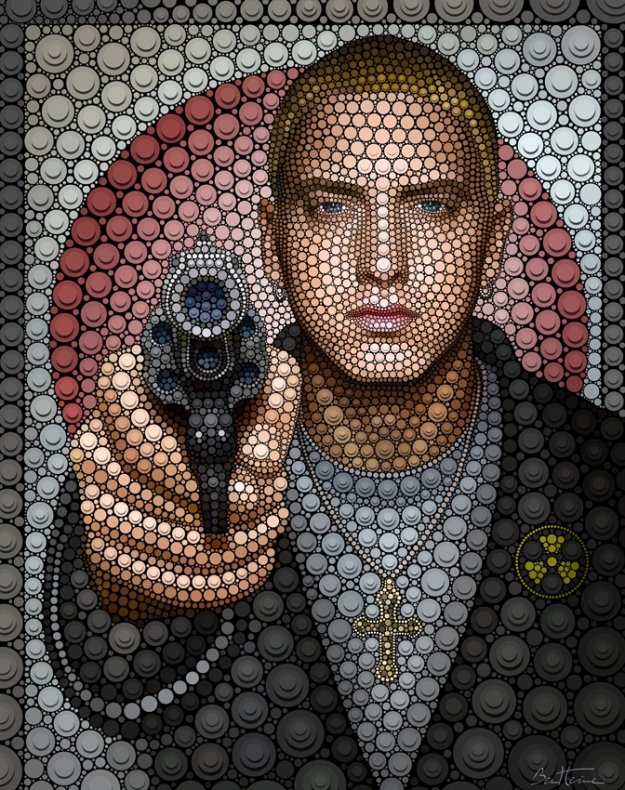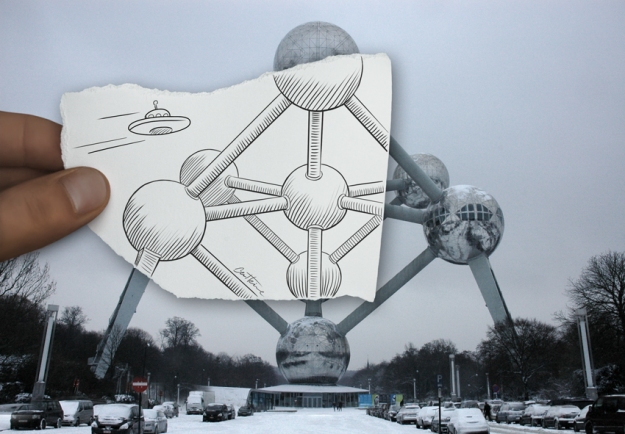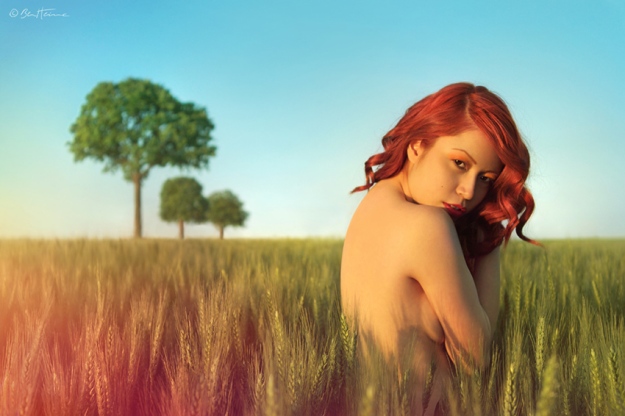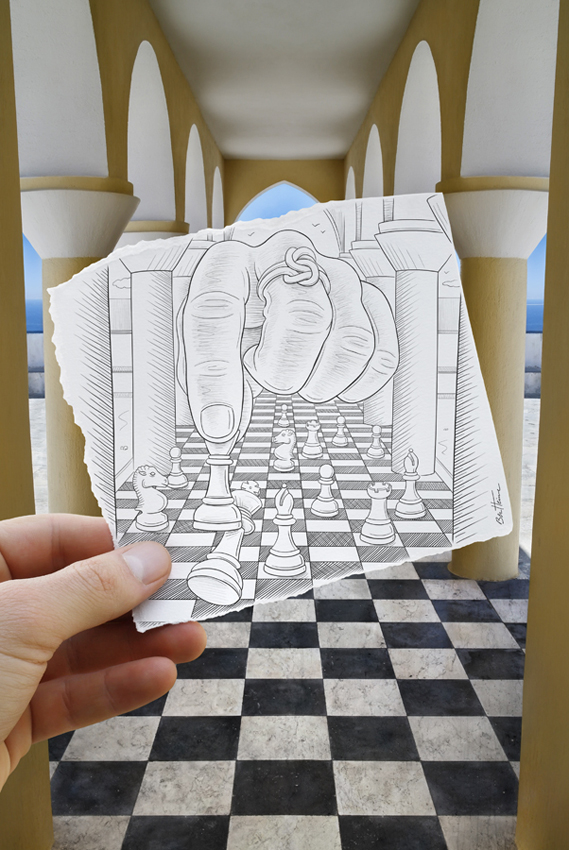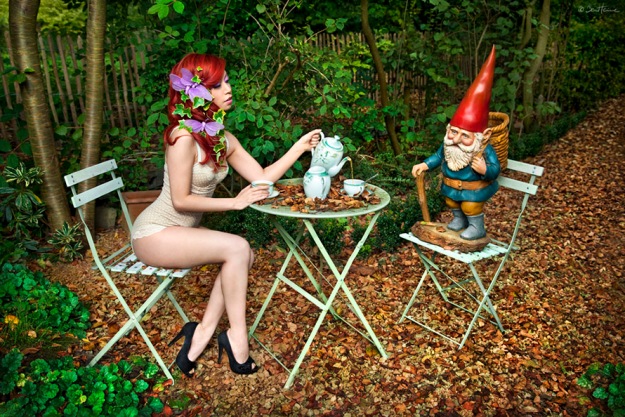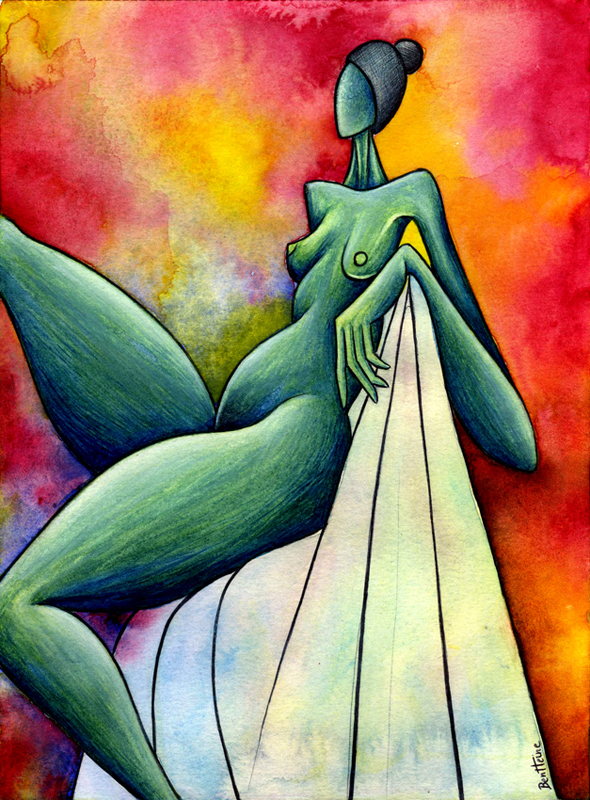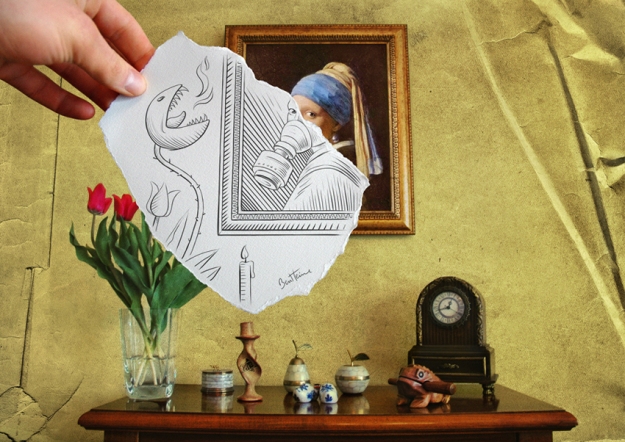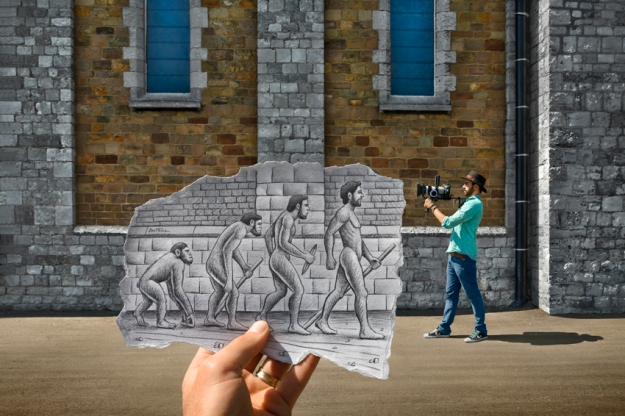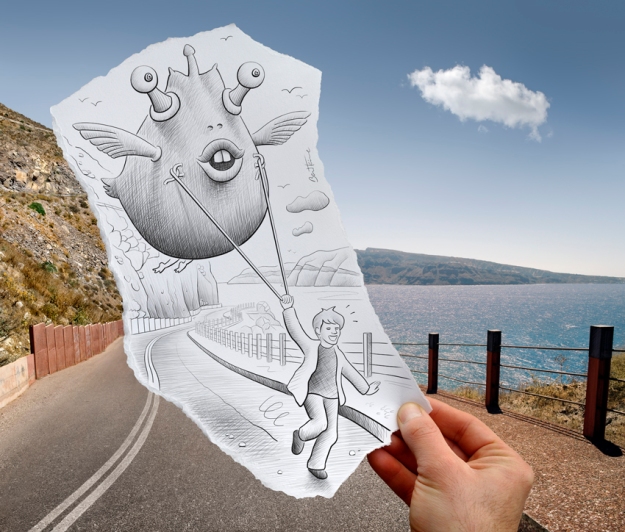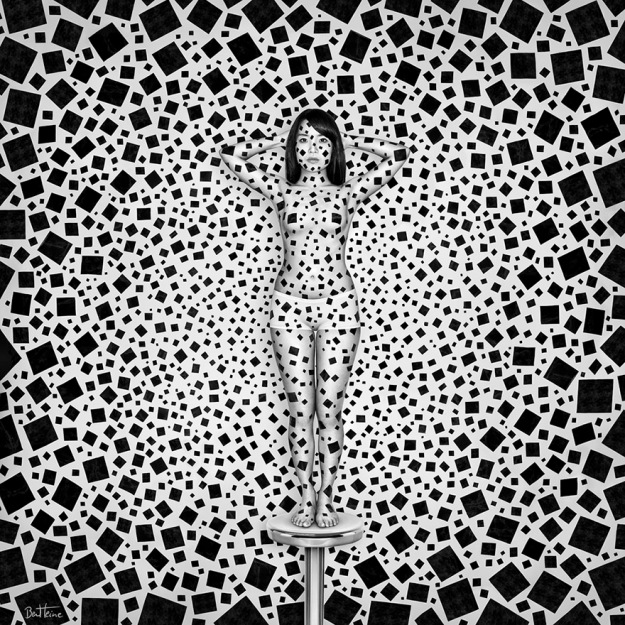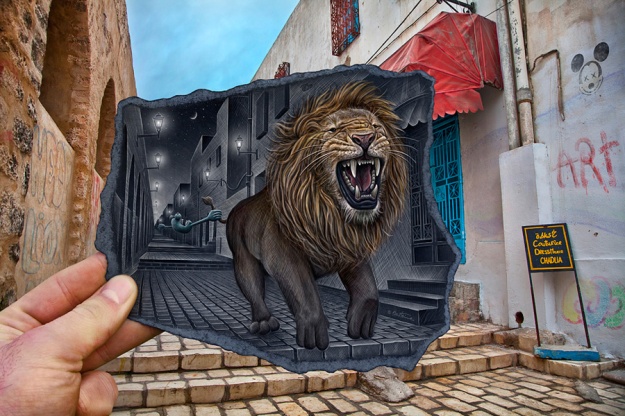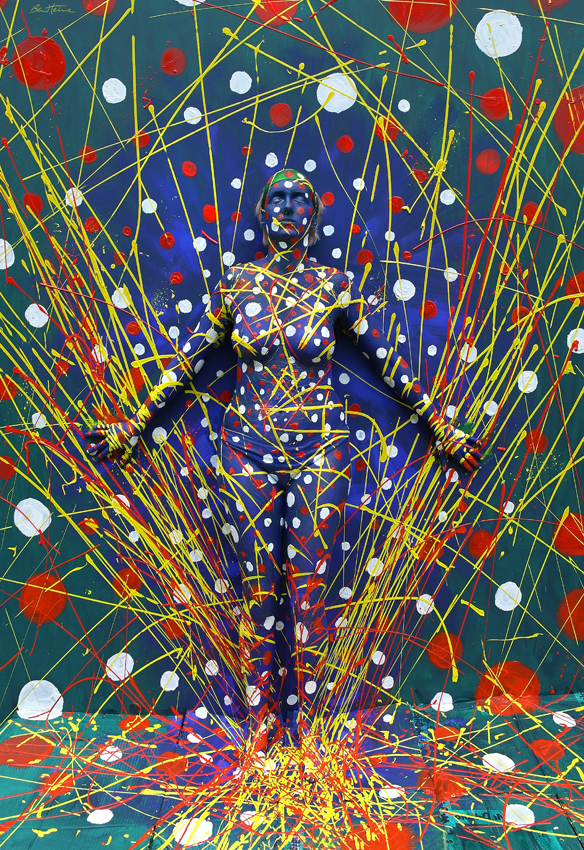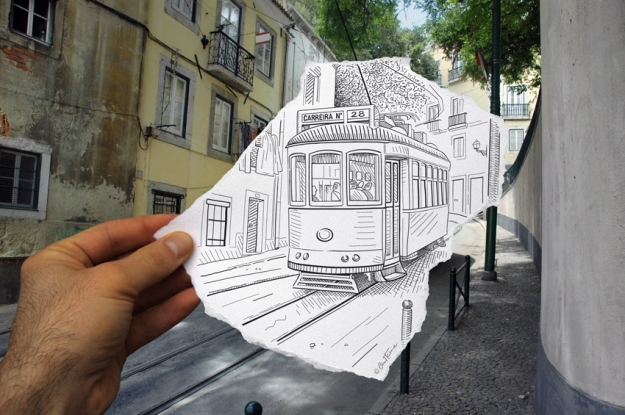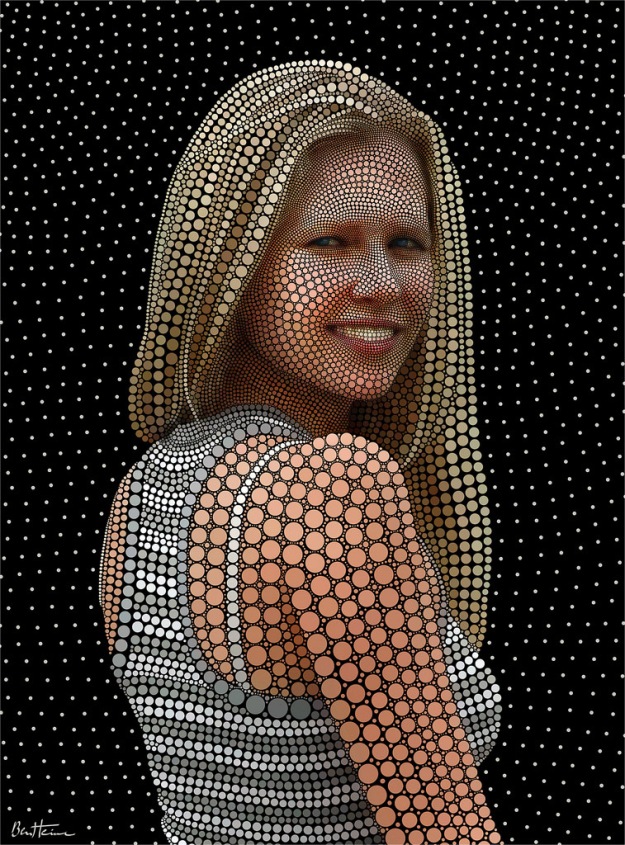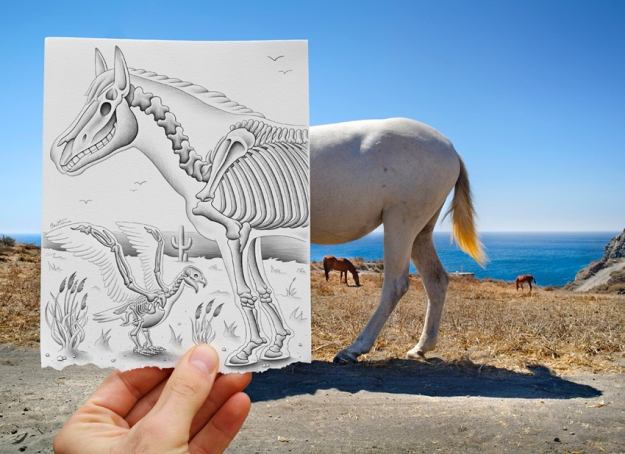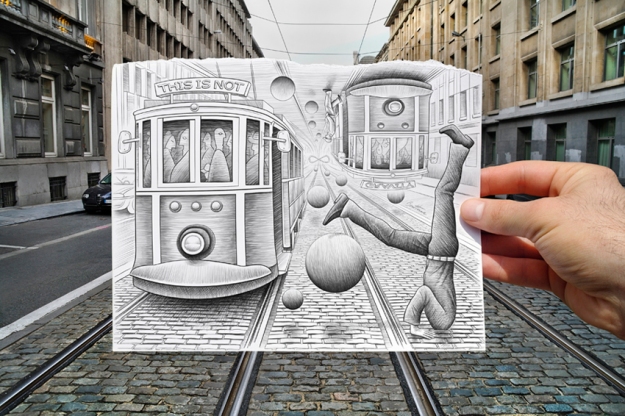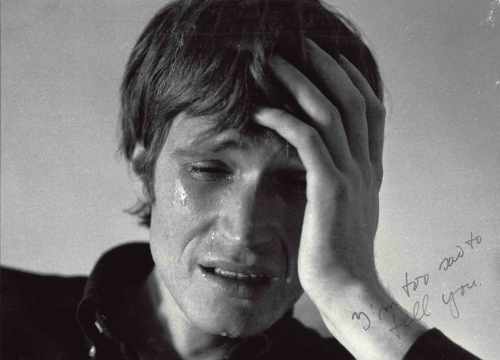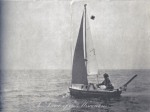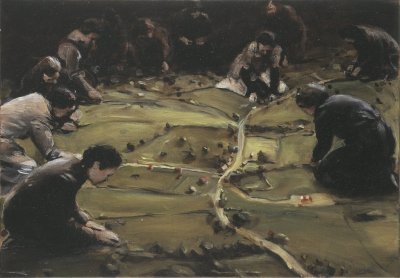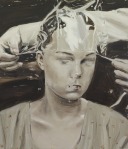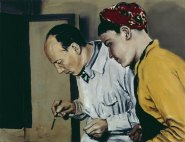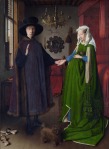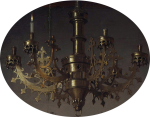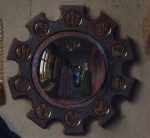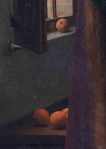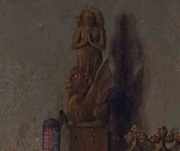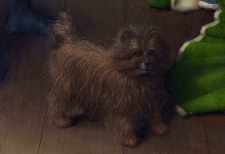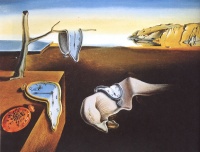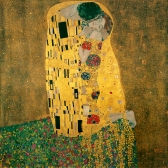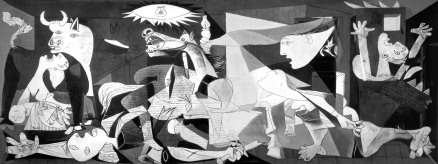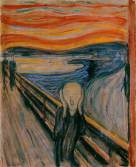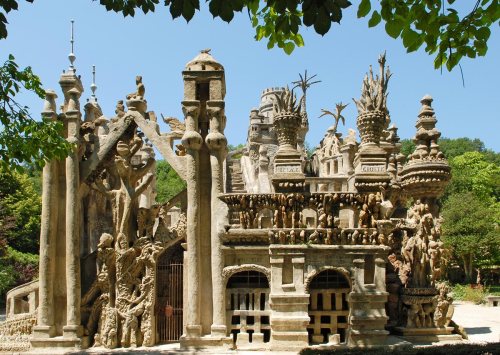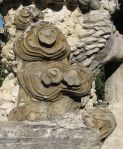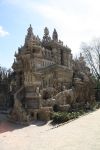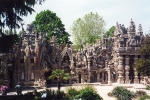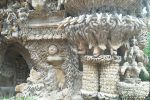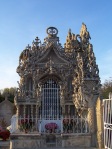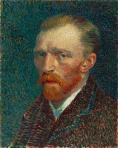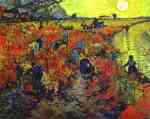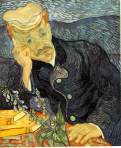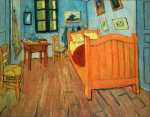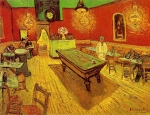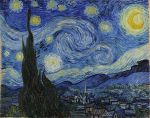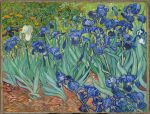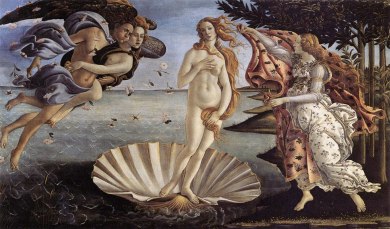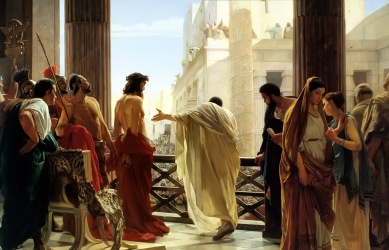Tag Archives: art
Remarkable artists: Caravaggio
Michelangelo Caravaggio was one of the greatest painters of all time. He fine tuned the technique of Chiaroscuro to increase drama in paintings. He influenced a lot of other painters like Rembrandt, Rubens, Vélazquez, de La Tour, Gentileschi, De Ribera…
Did you know…?
- Caravaggio was notorious for brawling. Because he was a famous painter, his patrons protected him from being prosecuted.
- In 1606 he killed a man named Ranuccio Tomassoni
- The reasons for the killing are not clear. Some say it was result of a quarrel over a gambling debt and a tennis game
- This time his patrons couldn’t protect him anymore and he fled from Rome to Naples
- After being the most famous Roman painter, he now became the most famous painter from Naples
- Despite his succes, he left a few months later for Malta, to join the Knights of Malta
- Soon he was arrested again for another fight. He wounded a knight.
- He escaped from prison and fled to a friend in Sicily
- All of these events couldn’t stop him from creating masterpieces and his style kept evolving
- He became more and more bizarre: sleeping fully armed and with his clothes on, ripping up a painting at a slight word of criticism, mocking the local painters
- He died at the age of 39. Officially he died of fever. Some people say he was murdered.
- His influence on the history of art can hardly be exaggerated. Followers of his style are called Caravaggisti.
Ben Heine
Ben Heine is a Belgian artist who mixes photography and digital art. Although he sometimes flirts with kitsch, his art is varied and has sufficiant humour to make it acceptable and at the same time it is easy accessible for a large audience.
Anyone can judge for himself whether he likes it or not. I’ll just show some images.
Remarkable artists: Bas Jan Ader
Bas Jan Ader was a Dutch conceptual and performance artist who disappeared in a mysterious way.
Did you know…
- Bas Jan Ader disappeared during one of his performances:
- His performance was titled In Search Of The Miraculous
- For this performance he wanted to cross the Atlantic Ocean solo
- In 1975 he left Cape Cod in a small sailboat
- 6 months later his boat was found in Ireland. Bas Jan Ader was vanished. No-one has heard of him since then.
- Some people believe his disappearance is part of a performance
- His mother had a premonition of his dead and wrote a poem about it: From the deep waters of sleep
- In Search Of The Miraculous is a tryptich:
- in part one he walked to the coast of L.A.; his wife took pictures of this performance
- in part two he wanted to cross the Ocean from Cape Cod to Amsterdam
- in part three, he wanted to wander through the streets of Amsterdam
- In the Seventies, Ader already performed Jackass stunts: in his performances he filmed himself falling from a roof or riding with his bike into a canal
- Today, the work of Ader is recognized in the contemporary art world
Artist in the spotlight: Michaël Borremans
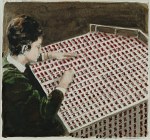
The house of opportunity: voodoo
While a lot of people thought video and photography had demyisified the art of painting, Michaël Borremans was one of the people who persisted in painting in a realistic way. His works make me think of 17th – 19th century masters like Vermeer, Goya and Velázquez, but with a very contemporary twist.
All of his paintings have this exciting tension and breath a mysterious atmosphere. In the beginning, the artist found inspiration in old school books, American comics, pictures from the 30’s, images from a forgotten past… Today he works with models and he himself shoots the photos that form the base material for his paintings.
A Borremans painting is usually modest in size, which is a perfect reflection of the painter’s character.
In my opinion, a combination of five elements create the typical atmoshphere in his art work:
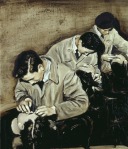
The Pupils
- the usage of dark brownish colors;
- realistic, almost photographic, brushwork;
- unconventional subjects
- original placed light sources
- intended poor framing
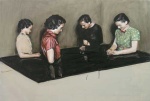
Four Fairies
With the interaction of those five elements, Borremans creates a bizarre cinematic fantasy world with a gothic aftertaste that reminds me of film noir.
The last years he also creates videos as an extension to his paintings. His videos cannot be compared to the work of other video artists. What makes them original is that, while his paintings are cinematic, his videos look like paintings. Unlike the groteske videos of Bill Viola e.g., they have the same intimicy (in an uncomfortable way) as the paintings. Apart from some rotation, they contain no movement or story line. According to the artist, you don’t have to watch the entire video; you watch it, like you watch a painting: just as long as you like.
You can find the work of Michael Borremans in museums all over the world: New York, Chicago, Boston, Atlanta, Minneapolis, London, Paris, Jerusalem, Ghent…
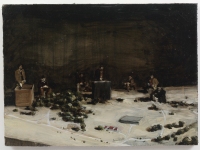
Trickland
Michael Borremans on wikipidia
More work of Borremans at Zeno X gallery
A Masterpiece in the spotlight: The Arnolfini Marriage (Jan Van Eyck)
In the 15th century, the Belgian city Bruges, was one of the most distinguished art centers in the world. People and artists from all over Europe travelled to Flanders to see the works of the Flemish Primitives (as the representers of the Northern Renaissance were called). Giovanni Anrolfini, a wealthy Italian merchant from Tuscany asked Jan Van Eyck to make a portrait of him and his bride.
Today, more than 600 year later, people from all over the world go to the National Gallery in London to see this intimate double portrait. The Arnolfini Marriage is one of the greatest masterpieces in art history.
Jan Van Eyck is called the inventor of oil painting. Although it is not likely that he inventented “oil paint”, he certainly fine tuned the process of mixing oil, pigment and varnish. On top of that he mastered the technique of creating hyper realistic sceneries (avant la lettre).
The Arnolfini Marriage is an ingenious painting for these reasons:
- The luminosity: Van Eyck uses the light that strokes from a window in combination with the light of an undifined light source in front of the figures, in a brilliant way. It makes the colors
vibrant and helps to create depth.
- The colors: the combination of the reds of the furniture with the green color of the bride’s dress, surrounded by brownish earth tones is of an unearthly beauty
- the composition: Straight lines dominate the composition. If you equally divide the painting verically in 4 pieces, the dividing lines go straight through the man and woman en through the imaginary line formed by the center of the chandelier, and the right foot of the dog. The orthogonal perspective serves the peace that is appropriate for the subject of the painting (a wedding)
- the symbols: the painting is full of symbols that accentuate the purpose of the painting: a testimony of the wedding. The dog for faith; one burning candle, representing the all seeing eye of god; the exotic fruit, jewelery, dresses,… to indicate the wealth; a statue St Margaret to protect pregnancy…
- the details: the hairs of the dog, the textures in the dresses and carpet, the lights spots on the chandelier, the bible scenes in the ornament of the mirror… every square inch of the panel is finished to the smallest dots
- the creation of depth: Apart from the light and the perspective, Van Eyck uses a convex mirror to create extra depth in the painting
When i saw the Arnolfini Marriage in the National Gallery, i got goose bumps andmy knees started to shake. Okay, i already saw the Ghent Altarpiece (aka The Lamb of God) in the Saint Bavo Cathedral in Ghent, which is really complex, large and very detailed. But this small painting (82.2 cm × 60 cm) is really overwhelming, just by its beauty.
+
What is a masterpiece?
Did you know that a masterpiece was literally a master piece: a piece of work that had to proof the creator of the masterpiece had the right skills?
In mediaval Europe guilds were formed to group craftsmen and merchants with the aim to protect their respective professions and to control the quality of the craft.
In the guilds, knowledge and experience were exchanged. New members were trained in the craft. After a thorough training, a pupil could be recognized as a craftsman with the title of “journeyman”. Everyone who wanted to settle as an independent craftsman had to proof his skill with a master piece: a sort of practical exam that showed the technical skills of the candidate master.
In the Painter’s guilds for instance, the candidate master had to create an original painting according to the guidelines of the guilds.
This painting was his masterpiece.
Remarkable artists – Postman Cheval
Today, Ferdinand Cheval is considered to be one of the most remarkable representatives of naive architecture, but during his lifetime people thought of him as the village idiot.
Did you know…
- the building that made him world famous is called Le Palais Idéal (the Ideal Palace)
- he was actually a postman; people called him Facteur Cheval
- how it all started:
- one day in 1879, he tripped on a stone and almost fell
- looking at the stone, he was overwhelmed by its beauty and he put the stone in his pocket
- the stone reminded him of a dream he had a year before. In that dream he was building a palace
- the next day he went back and found more stones. He continued to do this for 33 years
- Cheval bound the stones together with lime, mortar and cement and so he started to build his Ideal Palace
- he merely worked at night by the light of an oil lamp
- Just before he died, he received recognition from André Breton and Pablo Picasso
This was the first stone he collected:
This is the Ideal Palace:
- Cheval wanted to be buried in his Ideal Palace, but this is illegal in France
- thus, he started building a mausoleum in the same style as his Ideal palace on the local cemetary
- he spent 8 more years on the mausoleum
- 1 year after he was finished, he died
- Ferdinand “Postman” Cheval was buried in his Ideal Mausoleum
This is the mausoleum:
Remarkable artists – Vincent Van Gogh
Vincent Van Gogh is one of the most famous painters in history, but did you know…
- Vincent Van Gogh only sold one painting in his lifetime: The Red Vineyard. The buyer was Anna Boch, a Belgian Painter.
- When Van Gogh’s paintings are sold today, they are among the most expensive painitngs ever
- At the age of 32 he went to the art academy, but was sent away after 3 months
- He only painted 10 years, but produced 2100 art works in this period
- His brother Theo sent him money to survive.
- He worked as a missionary in the Borinage, a Belgian coal mining region
- He suffered from tinnitus. As a result he heared non-existing sounds.
- About his cut off ear:
- Some say tinnitus was the reason why he cut of his ear: to stop the sounds in his head
- Other sources say that he cut of his ear accidentally in a fight with Paul Gauguin, using a razor blade.
- And yet another story tells Paul Gauguin cut of Van Gogh’s ear with a sword in a fight for a local girl
- It is said he cut of his ear and brought it to a prostitute
- He had periods he was very depressive and in which he had hallucinations
- He stayed in mental institutions for this.
- Dr Gachet treated him. A portrait from Van Gogh of dr Gachet was sold in 1990 for US$ 82.5 million
- Officialy, he commited suicide with a revolver (but the gun was never found)
3 Favourite Paintings in Florence
I’ve been to Florence, Italy and i think that everyone should see it. The whole city is a joyfull witness of the Renaissance. The museums are stacked with masterpieces.
These 3 paintings made a huge impression on me:
Parmigianino – The Madonna of the Long Neck (1534-1540)
There is something about this weird painting that makes it fascinating.
The long neck of the madonna and the strange deformation of her child could be seen as amateurish, but stilll, if you see this painting in real life it catches your attention and keeps it.
The colors are well chosen and in perfect harmony. The composition holds a tension with the packed people on the left and the peacefulness of the madonna, whose volume takes half of the space of the whole painting.
Sandro Botticelli – The Birth of Venus (1486)
This iconic painting has influenced many artists from the Renaissance until today’s graffiti artists in L.A.
Antonio Ciseri – Ecce Homo (1871)
This is really a masterpiece and an underestimated painting. I really got goose bumps watching this in the Palazzo Pitti.
In this original setting, the main actors are shown from the back. Jesus, the king of the Jews, is being humiliated and we are witness of the moment Pilate is showing him to the furious crowd. You can see the yelling crowd and the anger on each face of the spectators. They are really hungry for blood and want him to be crucified. One man on the roof of a building is holding his hands above his head, his fists clenched.
